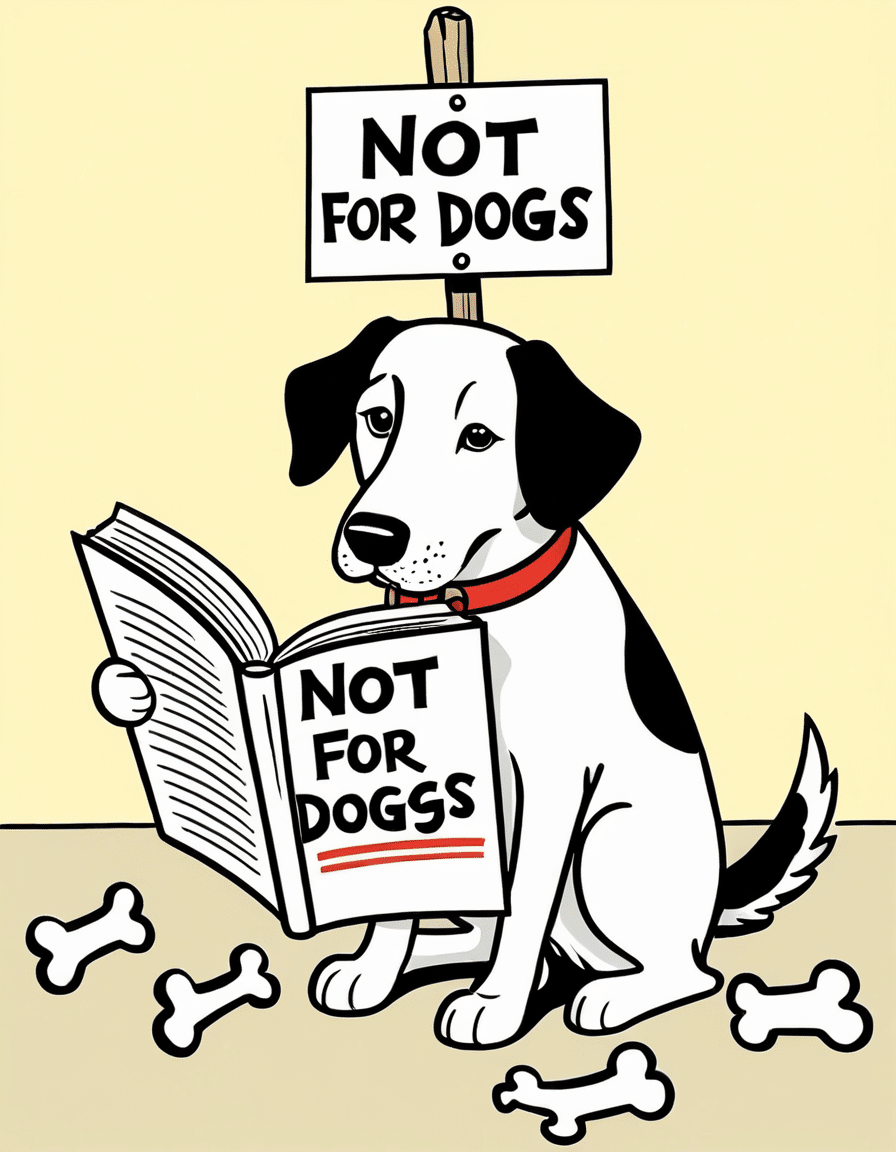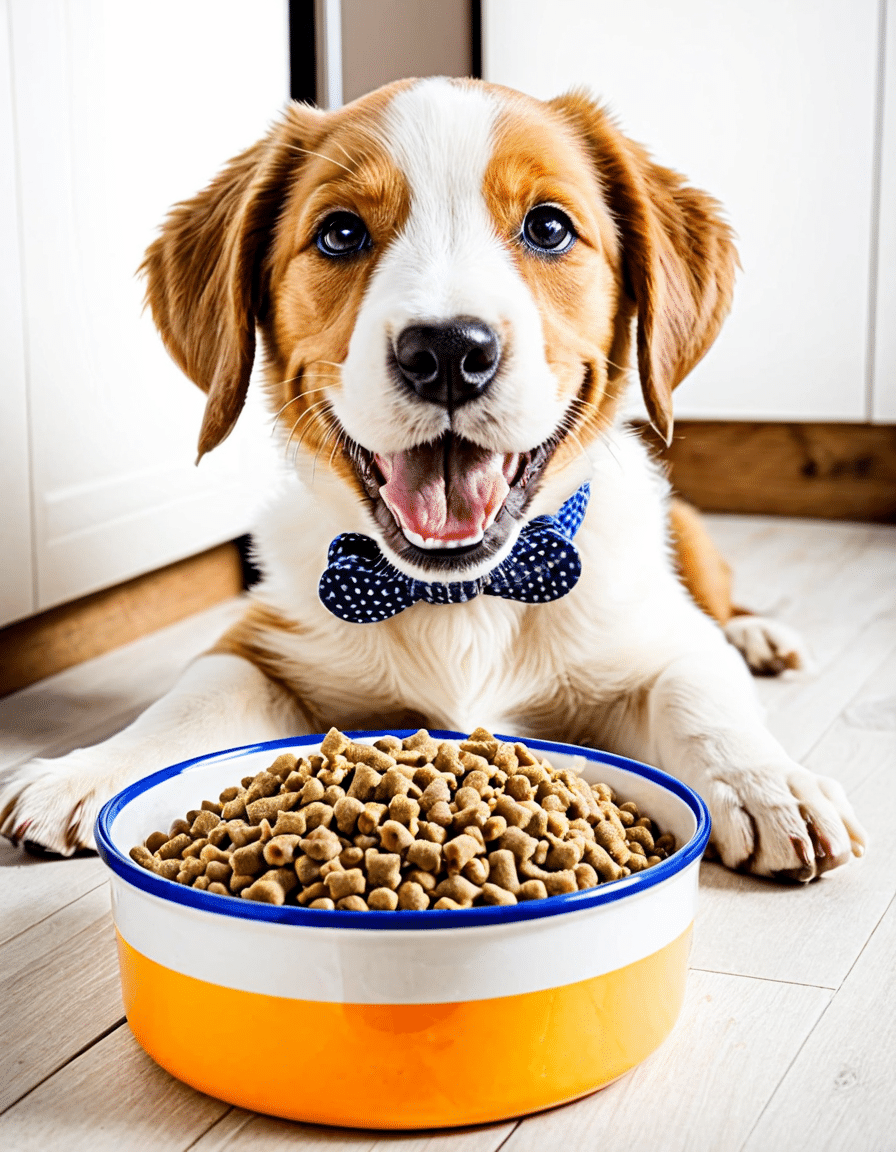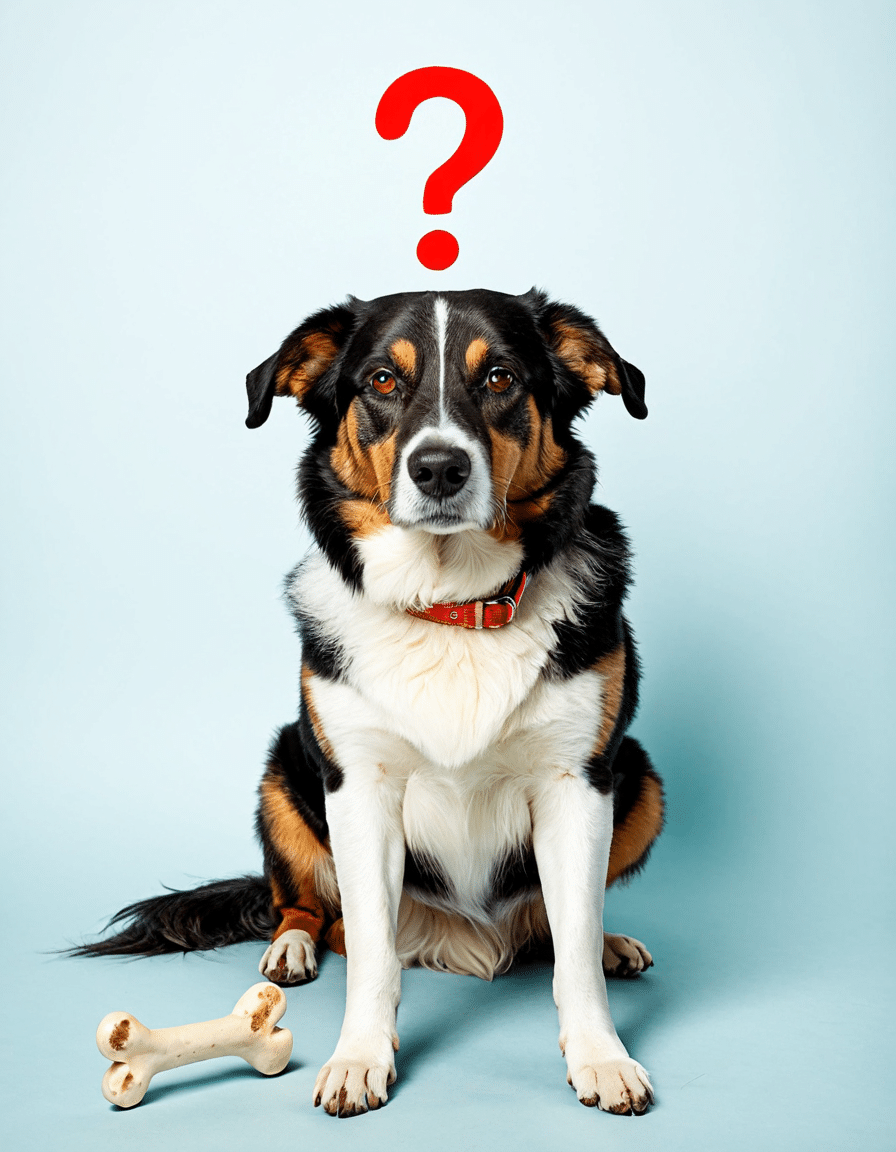Pet owners often hear it claimed that dogs can munch on chicken bones without any consequences. This misconception, commonly referred to as the dogs and chicken bones myth, can lead to serious, and sometimes deadly, outcomes for our furry friends. It’s essential to sift through the facts and fiction surrounding this issue, so you can make informed decisions for your dog’s well-being. After all, there’s a lot of information swirling around about pet care; knowing what’s safe and what’s not can help keep your canine companion happy and healthy.
Understanding the Dogs and Chicken Bones Myth: Fact or Fiction?
The idea that chicken bones are a harmless treat for dogs is one of those beliefs that simply doesn’t hold up under scrutiny. For example, while raw bones can offer some benefits in certain contexts, cooked chicken bones pose a significant threat. Once they’re cooked, the structure of chicken bones changes, making them prone to splintering. These sharp shards can injure dogs severely, leading to conditions like gastrointestinal obstruction.
Let’s look at this a bit closer. The dogs and chicken bones myth plays on the assumption that our domestic dogs can handle skeletal remains like their wild counterparts. Unfortunately, this is a flawed assumption. Dogs lack the strong stomach acids that wild canines possess, which help them digest tougher foods, including raw bones. This means that feeding your dog cooked chicken bones is a gamble with their health at stake.

The Dangers of Chicken Bones: What Every Dog Owner Should Know
When discussing the dogs and chicken bones myth, it’s important to highlight the numerous dangers associated with feeding chicken bones to dogs. One of the primary risks is choking. Cooked chicken bones can break into sharp shards, which are easily swallowed but can lead to suffocation. For instance, Dr. Jennifer Coates, a veterinarian and advisor for PetMD, warns that many dogs gulp bones whole, putting them at risk of choking.
But choking isn’t the only concern. If a dog swallows a chicken bone fragment, it could result in a severe gastrointestinal blockage. Symptoms include vomiting, lack of appetite, and abdominal pain. These issues can escalate quickly, requiring urgent veterinary intervention to avoid potentially fatal results.
Moreover, sharp splinters from chicken bones can perforate the gastrointestinal tract, leading to peritonitis, a severe abdominal infection that could prove deadly if not treated immediately. This condition is well-documented in emergency vet services, highlighting that the danger posed by cooking bones far exceeds any perceived benefits.
Another point to consider is the nutritional aspect. Many folks believe that chicken bones might provide some essential nutrients for dogs; however, this isn’t the case. Dogs derive their necessary vitamins and minerals from well-balanced dog foods like those offered by brands such as Purina and Merrick. They don’t need the added risk that bones bring to their diet.
Debunking the Dog Chicken Bones Myth: 7 Reasons to Avoid Feeding Chicken Bones
To clarify why avoiding chicken bones is crucial, here are seven clear reasons:

The Myths and Misconceptions Around Chicken Bones and Dogs
Many myths stubbornly linger regarding dogs’ dietary needs, particularly around the dog chicken bones myth. A common belief is that wild wolves frequently consume bones. In reality, research featured in the “Veterinary World Journal” shows that wild canines typically feast on whole prey—muscles, organs, and connective tissues—providing well-rounded nutrition and fewer choking hazards. Therefore, the premise that dogs should naturally consume chicken bones is misleading.
Moreover, that mentality implies that pet owners should mirror wild dietary habits, an approach that overlooks the significant differences in nutrition requirements between domestic dogs and their wild relatives. Understanding this discrepancy is vital for every pet owner aiming to provide the best for their canines.
Other Bones: What About Beef and Pork?
When it comes to considering bones, chicken isn’t the only option. Beef and pork bones often come into play, and while some dog owners consider raw beef bones to be a safer choice, they still present risks. These larger bones can also splinter and injure a dog’s mouth or gastrointestinal tract. Supervision is crucial if you choose to give these bones; a momentary lapse can quickly lead to trouble.
On the flip side, it’s worth mentioning that raw bones might come with benefits, like being a natural dog chew. However, caution should be exercised. Make sure to consult with your veterinarian before introducing any new bone into your dog’s diet, especially considering the potential dangers.
The Broader Spectrum: Can Dogs Eat Other Human Foods?
Stepping outside the issue of bones, many wonder if dogs can safely eat human foods. While some foods are safe and nutritious, such as blueberries or carrots, many can pose health risks. Remember that chocolate and grapes are toxic to dogs. Including safe human foods as part of your dog’s diet can provide health advantages, but always confirm with your vet first.
Offering your dog fresh fruits or vegetables can be a tasty, low-calorie alternative to traditional treats. However, be sure to research any new food before sharing it with your pup. Your vet can offer recommendations tailored to your dog’s unique needs and existing health conditions.
Pawsitive Takeaways for Responsible Dog Owners
As responsible dog owners, it’s critical to stay informed about the dogs and chicken bones myth. Continued reliance on outdated beliefs can put your dog’s health at risk. Instead of feeding dangerous bones, explore safe options that promote health and happiness. Utilizing treats designed for dental health and balanced nutrition will have a positive impact on your pup’s life.
Ultimately, knowledge is power. By dispelling harmful myths about chicken bones and making informed choices, you can help your dog thrive. Remember, a balanced diet, coupled with routine veterinary check-ups, is the cornerstone of a long, happy life for our furry companions.
Dogs and Chicken Bones Myth: Fun Trivia and Interesting Facts
The Safety of Our Furry Friends
The age-old dogs and chicken bones myth has sparked conversations among pet lovers for years. Contrary to what some may think, chicken bones can actually pose serious risks to dogs. When they’re cooked, these bones become brittle and can easily splinter, leading to choking hazards or severe injuries in the digestive tract. So, it’s a good idea to stick with safe alternatives. And speaking of alternatives, did you know that while breeds like the Italian Greyhound Vs Whippet exhibit playful behavior, their dietary choices must also be monitored closely?
Navigating the Myth with a Light Heart
Now, here’s a fun fact: despite the dogs and chicken bones myth, some pet owners are surprised to learn that other bones, such as raw ones from beef or lamb, can be safer and more beneficial when given under supervision. However, just like how curious cat behavior can lead to unexplained issues like Reasons For cat diarrhea, not all bones are created equal. It’s best to research the right type of treat for your pup. And if you’re ever in a bind about what to serve your four-legged friend at mealtime, just remember to ask yourself the right Questions To get To know someone — because understanding your dog’s preferences can lead to delicious discoveries!
Breaking Down Bone Myths
As we debunk the dogs and chicken bones myth, it’s essential to recognize the culture surrounding food safety for pets. In contrast to humans, where a love for epic movies like those starring Tom Hardy can spark discussions, pet food should be based on sound science and care. Additionally, with the surge of hybrid breeds, such as the charming Irish Golden Retriever, pet owners are realizing that a little research goes a long way in keeping their furry friends happy and healthy. So, whether it’s checking the suitability of a new dog kennel crate before travel or learning more about what your dog can munch on, keeping informed is always the best choice.
Whether you’re dispelling the dogs and chicken bones myth or simply learning more about pet care strategies, remember that your furry friend relies on you to navigate their nutritional needs safely!



